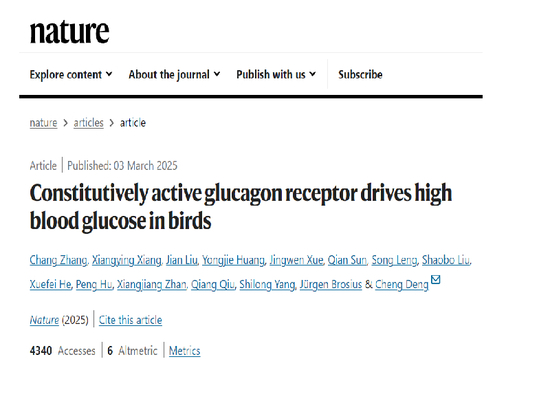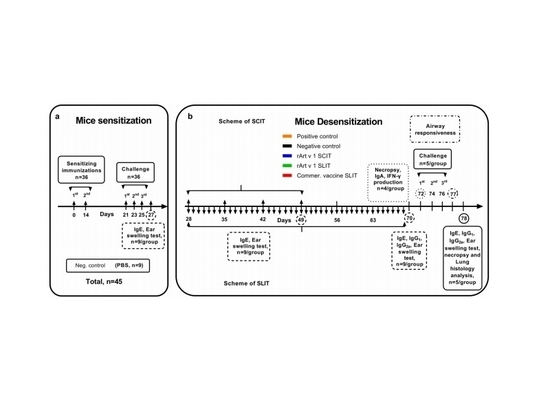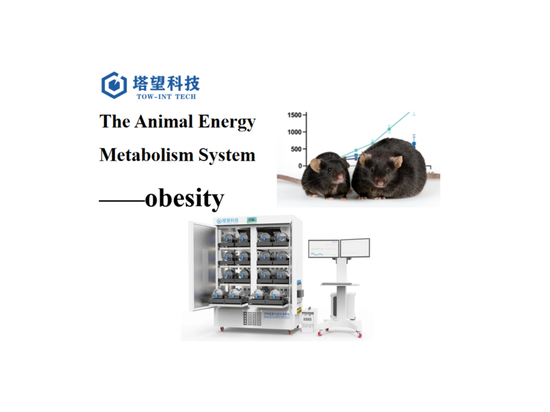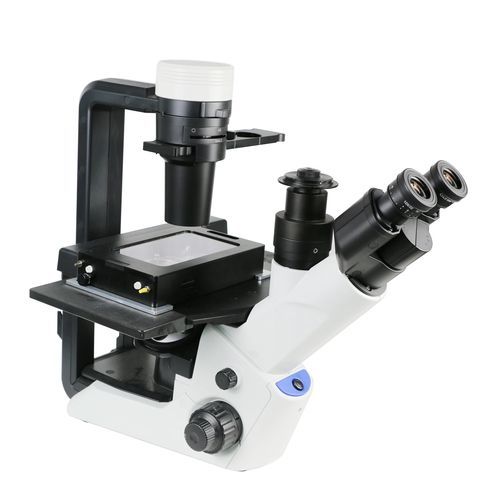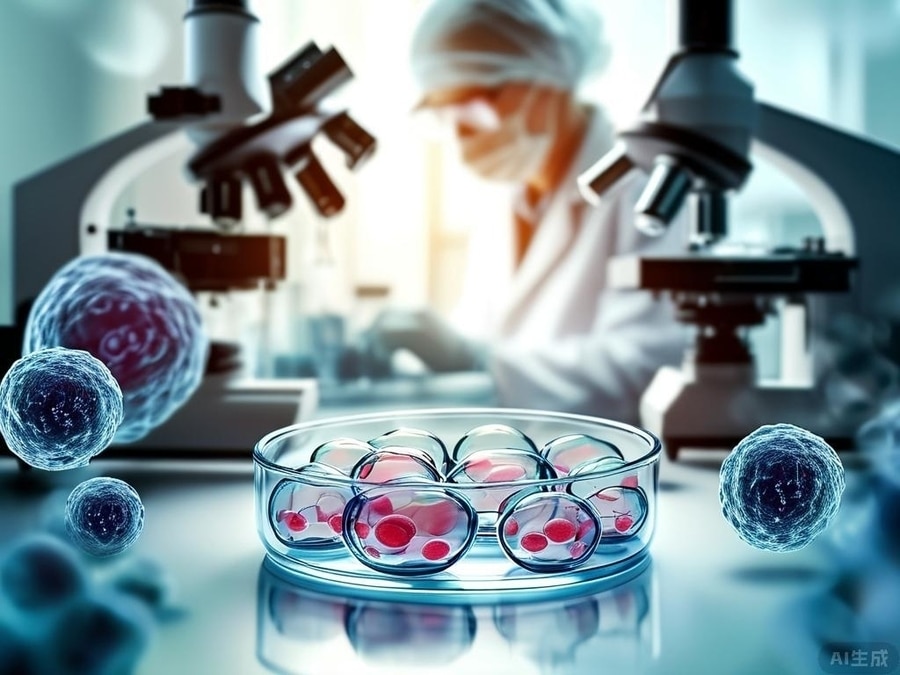
#Product Trends
Stage Top Incubator for Microscopes
Maintaining Stable Cultivation Conditions to Ensure Cell Viability
The Significance of Live Cell Imaging
Live cell imaging is a fundamental research tool in cellular biology laboratories, assisting in the discovery of drug targets, candidate drugs, and molecular mechanisms related to diseases. It records dynamic processes occurring in cells, tissues, or entire organisms. From cell division to cell migration in cultures and tissue slices, to the movement and transformation of organelles, and calcium imaging, many processes can be visualized and recorded in real-time. Fluorescent markers label specific organelles, and the changes in their spectral behavior correspond to chemical changes inside the cells and organelles, providing unprecedented insight into cellular activities. Monitoring live cells over time not only provides snapshots of what is happening in the cells but also allows the visualization of transient events that may be missed in endpoint assays, revealing the optimal time point for endpoint assays. It enables real-time synchronous studies of the localization, transport, and progression of cellular biomolecules across multiple pathways. Live cell imaging based on molecular dynamics can generate qualitative and quantitative data that cannot be obtained through other biochemical methods.
The Significance of Environmental Control
Strict regulation of environmental conditions ensures that the cellular structures and processes under study remain in their native physiological state. Live cell imaging under natural conditions minimizes artifacts caused by other imaging techniques (such as cell fixation and immunostaining).
Stage Top Incubator for Microscopes
The stage top incubator for microscopes independently developed by Tow-Int Tech can be used with microscopes for long-term time-lapse observation of cells. The incubator consists of a main unit and a cell culture chamber, which allows precise control of the temperature, CO₂, and oxygen concentration within the chamber. The cell observation chamber can be installed on a common inverted microscope or other cell imaging systems. It is available in various sizes to accommodate standard multi-well plates, culture dishes, slides, and other formats.
Application field: The cell observation chamber is used to place cell culture dishes or culture slides, allowing the cells inside to be observed under controlled conditions (such as hypoxic environments) for long-term live cell time-lapse experiments.
Controllable parameters: Temperature, humidity (humidification), oxygen concentration, carbon dioxide concentration. Oxygen concentration control range: 0.1%-25%, with an adjustment accuracy of 0.2%, selectable range of 0-100%. Carbon dioxide concentration control range: 0.1%-20%, with an adjustment accuracy of 0.1%. Temperature control range: 30~40°C, with an accuracy of 0.1°C; optional low-temperature function.
Product Advantages
01. Maintains stable cultivation conditions to ensure cell viability. 02. Monitors changes in live cells throughout the entire research process. 03. Continuous observation and recording for subsequent analysis.
Contact us now!
We are committed to making your research easier, more accurate, and more efficient and helping you build confidence in your data! We have provided services for a large number of customers and have rich experiences in offering customized, professional solutions according to your needs.


